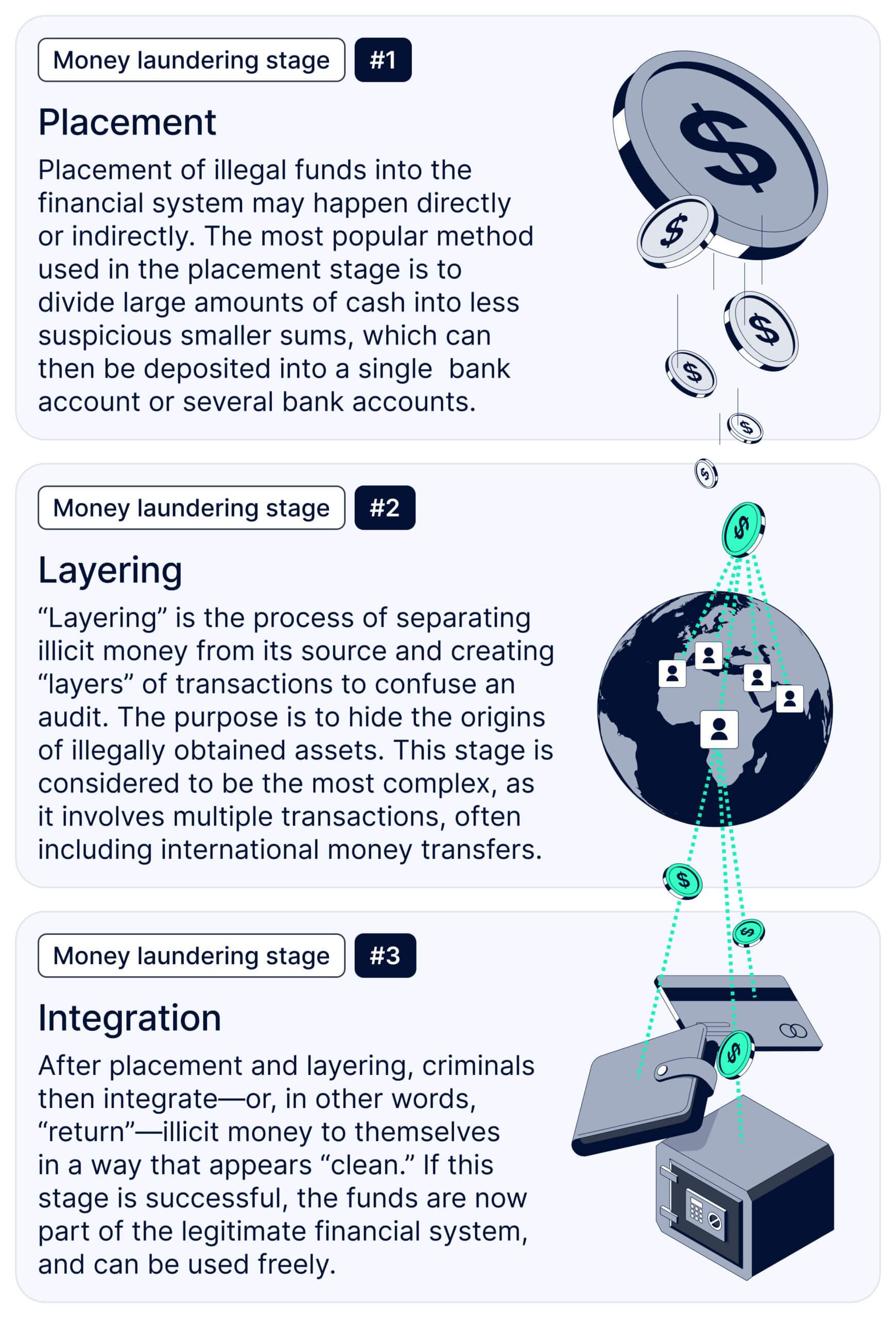In an increasingly digital world, ransomware attacks have emerged as one of the most disruptive and mysterious threats lurking behind our screens. But what exactly happens inside these cyber extortion schemes? How do they evolve, who do they target, and why do their ripple effects shake industries, governments, and everyday lives across the globe? Join us as we peel back the layers of ransomware, diving into the mechanics, motivations, and real-world impact of these high-stakes cyber assaults that continue to reshape our modern landscape. Curious to find out what makes ransomware tick? Let’s explore.
Table of Contents
- Understanding the Mechanics Behind Ransomware Attacks
- Why Ransomware Targets Businesses and Governments Alike
- The Ripple Effects of Ransomware on Global Infrastructure
- Practical Steps to Protect Yourself from Ransomware Threats
- To Wrap It Up
Understanding the Mechanics Behind Ransomware Attacks
At the core of these digital heists lies a meticulously crafted sequence of events that cybercriminals execute with precision. It all typically begins with an exploit-phishing emails disguised as trusted communications or vulnerabilities in outdated software that hackers exploit to gain initial access. Once inside, they silently map the network, hunting for valuable data and crucial system resources. The attack escalates as the malicious code deploys, encrypting files and locking users out with a demand that typically includes a cryptocurrency payment for the decryption key. What’s chilling is how these attacks blend automation and human intelligence, often involving manual intervention to maximize impact and ransom demands.
Understanding the inner workings means recognizing several key components that make these assaults so effective:
- Payload Delivery: Sophisticated malware often disguised within seemingly harmless attachments or links, which upon activation installs the ransomware.
- Encryption Algorithms: Cutting-edge cryptography ensures files are scrambled beyond easy recovery, pushing victims toward compliance.
- Command and Control Servers: These allow attackers to remotely manage the infection, pushing updates or extracting data.
- Obfuscation Techniques: Methods like code packing and polymorphism help evade detection by traditional security tools.
This multi-layered approach reflects a terrifyingly efficient business model, where attack vectors, encryption, and negotiation tactics converge, shaking organizations and individuals alike to their core.
Why Ransomware Targets Businesses and Governments Alike
At the heart of ransomware’s relentless assault lies a simple truth: both businesses and governments harbor vast reservoirs of valuable data and critical systems. For cybercriminals, this translates to high-stakes leverage. The urgency to restore operations forces many organizations into a corner, where paying the ransom seems like a necessary evil to avoid catastrophic disruption. What makes this landscape even more fertile for attackers is the interconnectedness of modern infrastructure – a breach in one area can ripple across entire industries or public services, magnifying the chaos and increasing the ransom’s perceived value.
Moreover, the motivations behind these attacks reveal a blend of opportunism and strategic calculation. It’s not just about quick cash. Cybercriminals understand:
- Government entities manage sensitive information-intelligence, citizen data, and essential services-that can cripple public trust and national security when compromised.
- Businesses control intellectual property, financial data, and supply chains vital to economic stability, making them lucrative targets ripe for exploitation.
- The public pressure on these institutions to resolve crises swiftly creates a psychological edge for attackers, who leverage fear and urgency to extract payments.
The Ripple Effects of Ransomware on Global Infrastructure
When ransomware infiltrates critical systems, its shockwaves extend far beyond a single organization, sparking a chain reaction that disrupts entire networks and industries. Essential services like healthcare, transportation, and energy grids often find themselves paralyzed, with digital locks preventing access to vital data and systems. This chaos translates into delayed medical procedures, halted public transit, and power outages, revealing just how intertwined our daily lives have become with digital infrastructure. In such scenarios, the cost isn’t just measured in dollars but in lives and public safety, emphasizing the invisible yet formidable power of these cyberattacks.
The aftermath of a ransomware strike also ripples through economies worldwide, causing:
- Market volatility as investors react to perceived risks
- Supply chain disruptions when manufacturers or logistics hubs are compromised
- Regulatory shakeups pushing governments to enforce stricter cybersecurity mandates
Organizations scramble to recover, often investing millions in remediation efforts while rebuilding trust among stakeholders. As these attacks grow more sophisticated, the global community faces a pivotal challenge: fortifying our digital world before the next disruption sends another ripple across the pond.
Practical Steps to Protect Yourself from Ransomware Threats
Start by fortifying your digital fortress with regular software updates and patches. Cybercriminals exploit vulnerabilities in outdated programs to inject ransomware. Make it a habit to enable automatic updates, ensuring your operating system and applications are shielded against the latest threats. Additionally, employ robust antivirus tools equipped with ransomware detection capabilities-this layer of defense can identify and neutralize suspicious activities before they wreak havoc.
Backing up your data isn’t just smart; it’s essential. Store copies of your critical files offline or on secure cloud services that maintain version histories. In the unfortunate event of an attack, these backups become your safety net, allowing you to restore your system without capitulating to hackers’ demands. Complement these technical measures by sharpening your cyber instincts:
- Be cautious with email attachments and links, even from known contacts.
- Use strong, unique passwords combined with two-factor authentication.
- Limit user permissions to reduce exposure points within your network.
Taking these deliberate steps transforms you from a potential victim into a hardened target for ransomware adversaries.
To Wrap It Up
As we’ve seen, ransomware isn’t just a tech issue-it’s a global disruptor, shaking industries, governments, and everyday lives with each new attack. The more we understand how these digital threats operate, the better equipped we are to anticipate and defend against them. The world of ransomware is constantly evolving, and staying curious about its inner workings is our best defense. So, keep questioning, keep learning, and stay one step ahead of the next big cyber shake-up. Until next time, stay safe out there in the wild cyber frontier!











